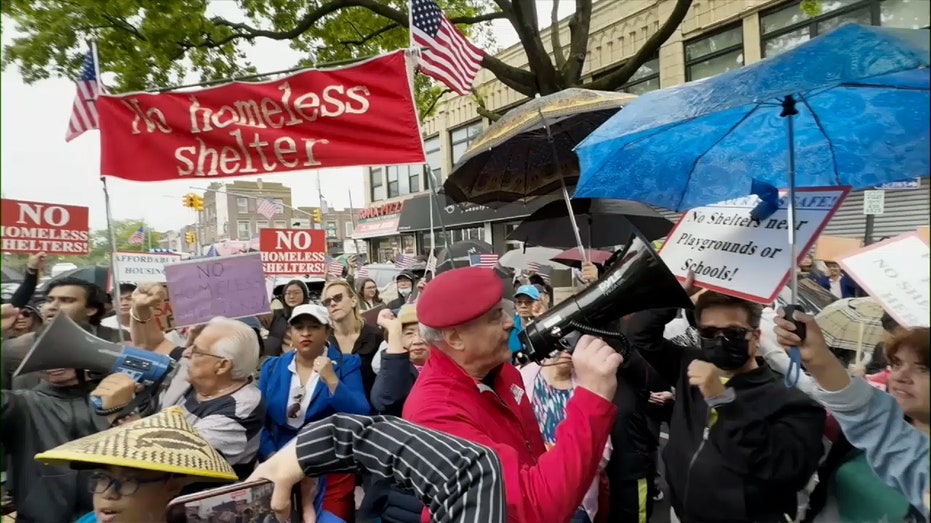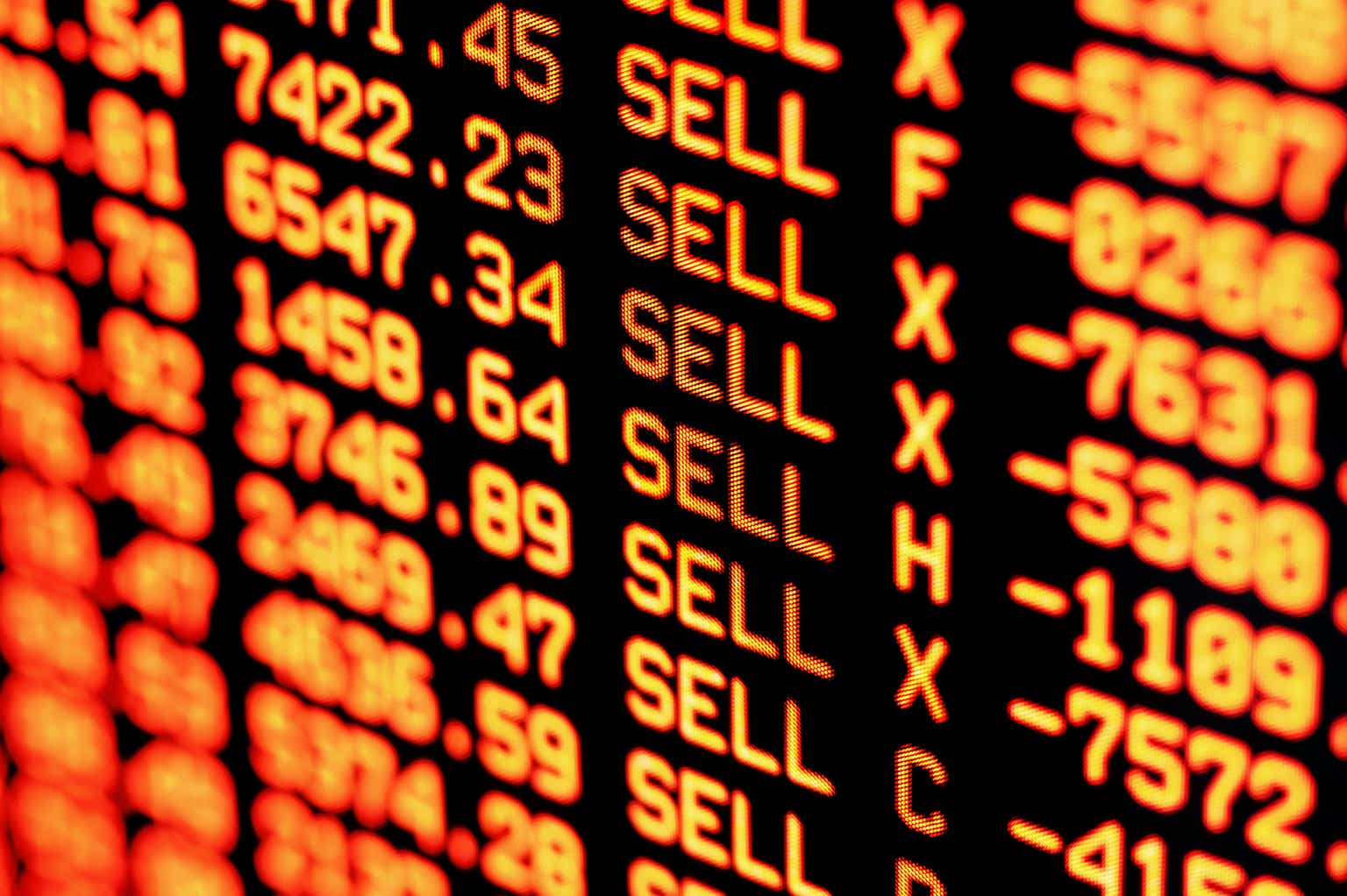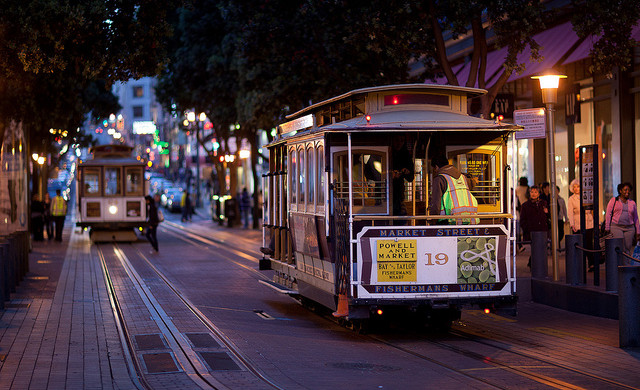How to Prepare for the Trumpcession
I don’t know what’s happening, but I’m stocking up on ibuprofen.

In February 2020, my husband was away for a few weeks, and I was home writing stories, taking care of our old dogs and infant son. The economy was great; the health system stable; the novel coronavirus an ocean away. Still, many days, when the baby woke up before dawn, I’d take him to a 24-hour grocery store or pharmacy and stock up on paper towels, formula, pasta, dog food, and liquid ibuprofen. I started listening to the evening news while making dinner, and subscribing to doctors’ social-media feeds. I was preparing, even if I did not know what I was preparing for.
This month has felt similarly ominous. The economy is fine, according to many of the headline numbers; households are spending; prices are stable; car lots are full; shelves are stocked. But the other day I found myself buying my kids shoes to grow into. I left some cash in my checking account rather than moving it into my savings fund. I was going to purchase hydrangeas and planters and decided against it. Perhaps less relatably, I keep checking a live map of container ships and webcams of West Coast ports, to watch the trade war, live and in action.
A tariff-induced recession is here and not here, visible and invisible—about to happen or already happening. The economy is in a state of imminence. And we should be preparing, even if we are not sure what we are preparing for.
[Annie Lowrey: Here are the places where the recession has already begun]
Last week’s economic-data releases reflect this queasy sense of change. The economy contracted at a 0.3 percent annual rate from January to March, the Commerce Department determined, having grown at a 2.4 percent annual rate the quarter before. The data suggest that the Trump slump has started, but it’s complicated. The sharp drop in GDP is in part a statistical artifact, a reflection of giant changes businesses made in anticipation of the White House’s trade policies. “Core GDP,” a measure of growth that cuts out volatile inventory and trade figures, remained stable in the first quarter. Consumer spending, which makes up two-thirds of the economy, kept chugging along, softening just a bit.
But companies rushed to buy big-ticket items before “Liberation Day,” on April 2. Firms padded their inventories, filling up warehouses and locking in input prices. Imports skyrocketed, climbing at a 41 percent annual pace. The jump in investment and inventories pushed up GDP by nearly four percentage points; the surge in imports pulled it down by five percentage points, enough to leave the quarter in the red.
Partisans of President Donald Trump cheered the report. “When you strip out inventories and the negative effects of the surge in imports because of the tariffs, you have 3 percent growth,” the trade adviser Peter Navarro said on CNBC. “That’s the best negative print I have ever seen in my life.” Maybe Navarro believes that, but there was nothing great happening in the first quarter. The yet-to-be-announced tariffs distorted business practices, affecting hundreds of billions of dollars of output. They did not improve the underlying economy.
Now that the tariffs—145 percent on goods from China, 10 percent on goods from other countries—are in place, they are damaging the economy, even if a recession is not yet evident in the country’s quarterly GDP and monthly unemployment reports. The White House has gotten nowhere in negotiations with other governments. Weekly jobless claims are rising. Layoffs are spiking. Consumer confidence is tanking. Businesses are flummoxed, and putting off plans for expansion. Prices are starting to rise; economists expect the average family to pay $4,900 a year more for items at the grocery store and from online retailers thanks to trade restrictions.
Something stranger than a recession is brewing too. Fewer container ships are leaving Shanghai and Shenzhen. Fewer container ships are docking in Seattle, Tacoma, Los Angeles, and Oakland. The West Coast longshore union is warning of mass layoffs, given the decline in import volume. A link in the supply chain has broken, and I expect others to crack soon: freight haulers, trucking companies, last-mile contractors, delivery drivers.
[Read: What would be worse than a recession?]
A supply shock is beginning to ripple across the nation. In the coming months, consumers worried about looming shortages and rising inflation are likely to make panic orders and hoard household goods. Businesses worried about empty shelves are likely to restrict purchases. Even Americans who pay little attention to the news will notice their neighbors stocking up, and start to do the same. Companies are likely to capitalize on the chaos, hiking prices even if they are unaffected by tariffs. Costs will go up, perhaps by a lot. Shortages seem likely, though I am not sure what goods will end up affected.
As inflation climbs, the economy is going to slow down. The Trump administration and Republican Congress are seeking to slash government spending. At the same time, businesses will decline to hire new workers; existing employees will cling to their jobs. That alone will be enough to push up the unemployment rate. Perhaps by the time the economy is in a formal recession, the Trump administration will have signed a few trade deals. Still, as the coronavirus pandemic taught us, supply chains take years to repair once disrupted. Inflation tends to take a long time to return to normal once elevated.
This is not February 2020. Whatever is happening will be less deadly than a pandemic, less damaging, less frightening, and less long-lasting, I hope. Still, it is a polycrisis: globe-encompassing and hard to understand. I don’t know what to do. I might pick up some dog food and ibuprofen this weekend.











































































